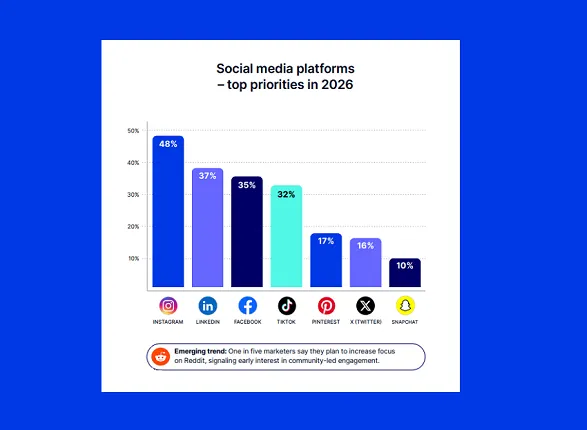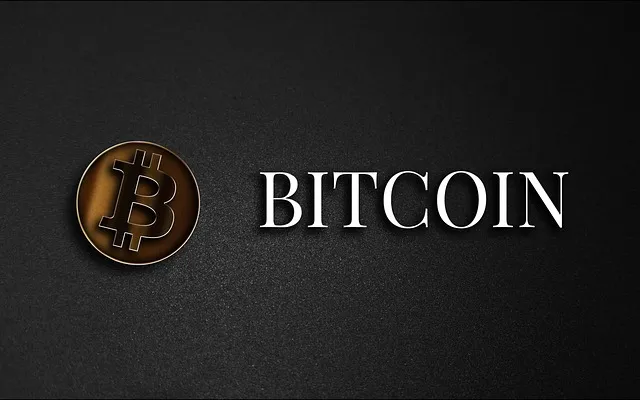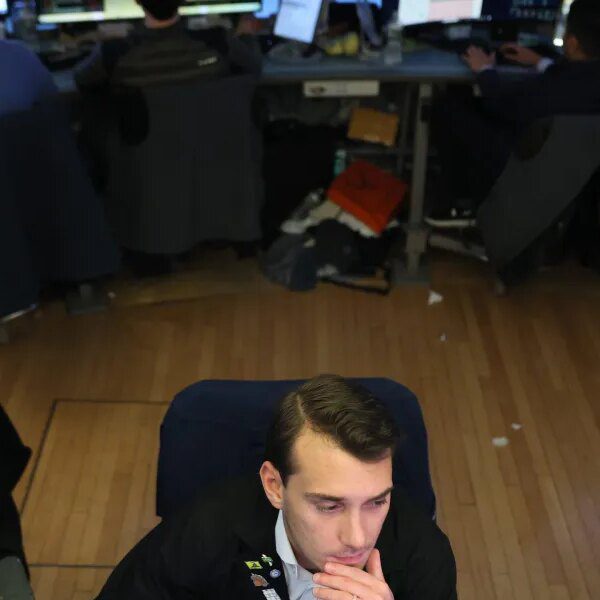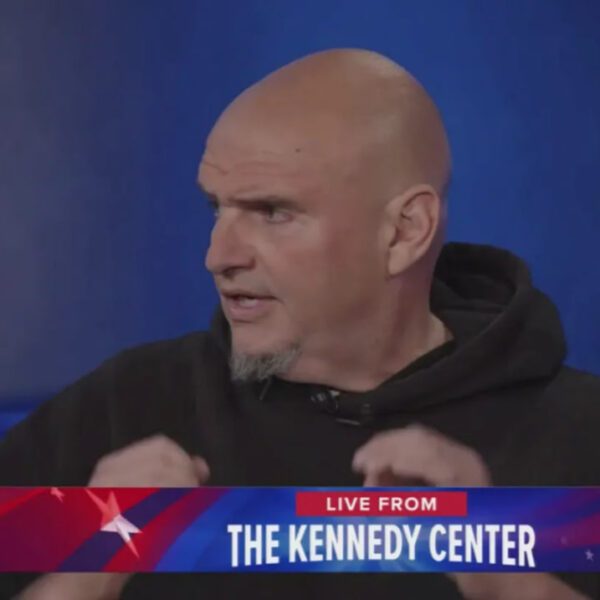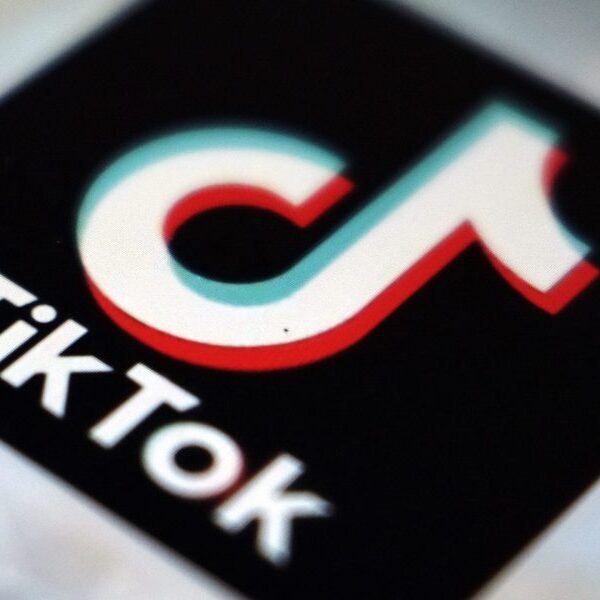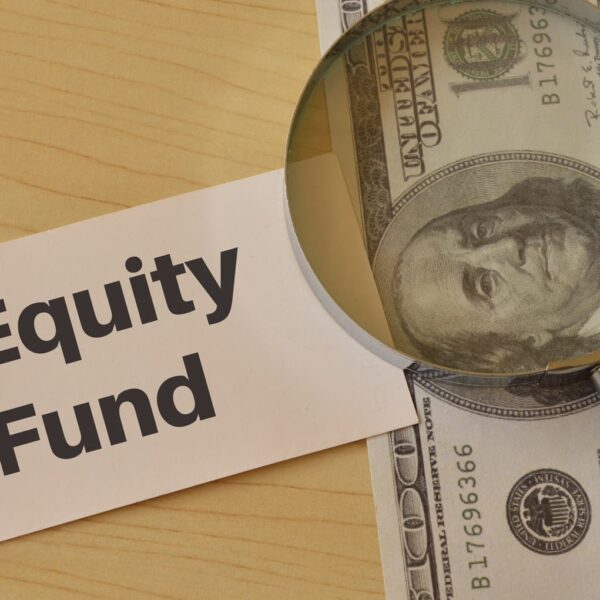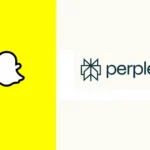Most social media marketers are making use of AI tools, but less than half of them are seeing significant efficiency gains as a result, at least at this stage.
That’s one of the key findings from the latest Emplifi “State of Social Media Marketing 2026” report, which incorporates insights from over 500 marketers into their key areas of focus and development, as they look forward to next year.
You can download the full report here, but in this post, we’ll take a look at some of the key notes.
First off, as noted, AI is a big emphasis, with the majority (82%) of respondents indicating that they are now using AI tools in their day-to-day process.
Analytics and content creation are the most common use cases for these tools, with ad targeting coming in third on the list.

Though in terms of gains, only 35% of marketers say that they’ve seen significant productivity gains from these tools, with most saying that the latest AI options have provided moderate benefits.
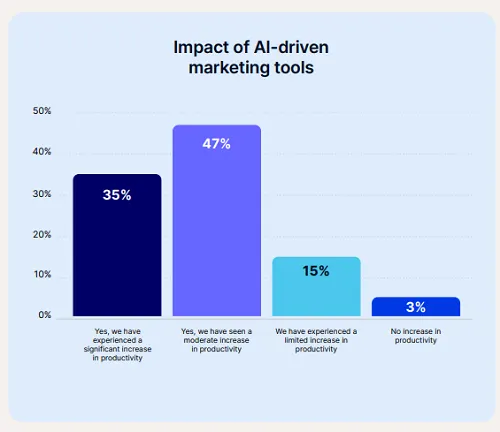
This could come down to various factors, from knowledge gaps, and people not knowing exactly how they can make best use of these tools within their daily process as yet, to embedded work behaviors, which, in many cases, will be hard to shift.
There’s also the possibility that AI tools aren’t going to revolutionize work the way that many expect. For the most part, AI tools function best as complementary additions, and in some ways, they’re being framed incorrectly as intelligent machines that will be able to take over human labor wholesale from the time of implementation.
Which they aren’t. In fact, the use of the term “artificial intelligence” as we’ve come to know it in a modern definition is a misnomer, in that these tools are not intelligent at all, they’re not thinking, they’re just very good at pattern recognition, and as such, responding to conversational queries.
In that sense, maybe the efficiency gains here are more relative to what we should be expecting, while the broader hype around AI is actually overselling their potential professional benefit.
It’s really a case-by-case thing, and it’s hard to define exactly what these results indicate.
On another front, the report looks at the rise of influencer marketing, and how marketers are looking to approach influencer-led promotions:

As outlined above, 67% of marketers are planning to boost their influencer budgets in 2026, with brand awareness being the primary benefit of influencer promotions.
The rise of short-form video has made influencer marketing a more valuable consideration, because it’s much harder to tap into short-form video trends if you don’t understand the medium, and the way that people are using it. Influencers know this innately, which is why brands are now turning to their expertise to boost their promotions, while influencers also now have arguably just as big of an influence as traditional celebrity endorsements.
The report also looks at emerging approaches to user-generated content, and how marketers are adopting UGC.

While respondents have also listed their primary platforms of focus for the coming year:
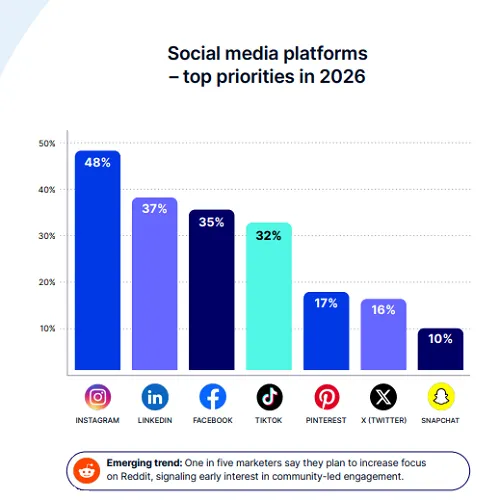
As you can see, Instagram remains the leader, followed, somewhat surprisingly, by LinkedIn.
Which could be reflective of the marketers taking part in the survey, though it may also reflect the rising relevance of LinkedIn as a connective platform, with more and more people engaging in the LinkedIn feed.
Also, an interesting additional note about Reddit there at the bottom. Reddit has become more of a focus because of how often AI chatbots are referring to Reddit for their responses. Clearly, more marketers are taking notice of this.
Though Emplifi notes that marketers are actually looking to spread their resources across more platforms, as opposed to homing in on specific platforms.
“The real story is diversification. As budgets and teams stretch across multiple platforms, technology becomes essential to maintain efficiency. Automation, AI scheduling, and cross-channel analytics help brands grow their organic reach and community presence without burnout.”
I would advise a level of caution in cross-posting too much, as each platform is different, and requires a different content approach, while people who follow you on multiple platforms might get sick of seeing the exact same updates.
But marketers are looking to dip into more platforms, as they seek to maximize referrals in the evolving online landscape.
The report also looks at content goals and types, and how marketers are evolving their strategies.
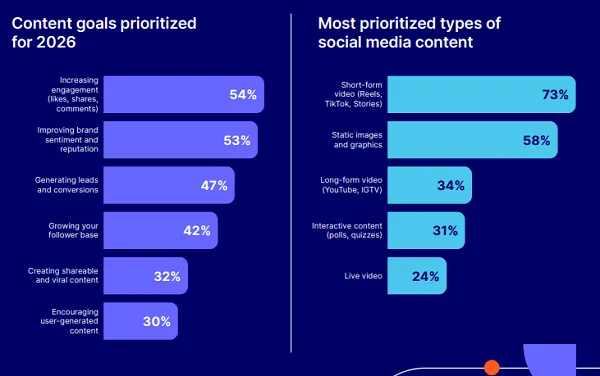
Logically, short-form video is the main focus, while increasing engagement is the top priority on the metrics side. Interestingly, generating leads is third on the list, which seems odd, but based on these insights, it seems that generating more traction in social apps is viewed as the main driver to reach this target.
Some interesting notes, which could help to shape your social media marketing strategy, or at the least, give you some context as to where your peers are looking as they map out their 2026 approach.
You can download Emplifi’s full “State of Social Media Marketing 2026” report here (with email sign up).

